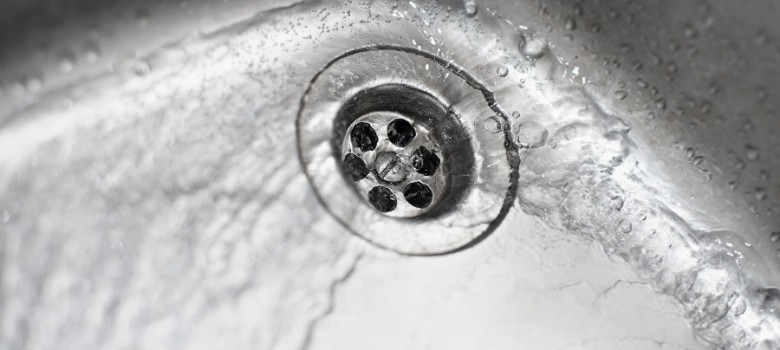
What is greywater?
Water used in homes has long been thought of in terms of clean drinking water (known as potable water) coming into the house from the mains and sewage going out. However, the wastewater from baths, showers, washing machines, dishwashers and sinks fits somewhere in-between and this is referred to as greywater, which typically makes up between 50-80% of a household’s waste water.
Roughly a third of the water used in households is used in toilets, which comes into contact with human waste and is known as blackwater. Greywater is much easier to treat and recycle when compared with blackwater because there is no faecal matter that is a haven for harmful bacteria and disease causing pathogens.
If recycled properly, greywater can save approximately 70 litres of potable water per person per day in domestic households, therefore greywater recycling is one of a number of water solutions that we should look to in order to decrease our usage.
If your house is metered, recycling greywater can significantly reduce the volume of water you use thereby saving you money on your water bills.
How does greywater recycling work?
Please remember that greywater is never going to be safe to drink, even when treated. However the reclaimed greywater can be used to flushing toilets, wash clothes and water your garden.
There are various ways to treat greywater, ranging from very simple methods to complex fully automated treatment systems, depending on what you want to use the water for.
Each of these is described in detail below.
1. Direct use systems (for watering plants)
If you don’t want to treat the water, you need to use it very quickly since bacteria present in the water feed on any organic matter present (e.g. skin particles, hair and detergents) and multiply very quickly. Once the bacteria have used up all the oxygen it will become foul smelling, and these anaerobic bacteria can contain harmful human pathogens.
Using this greywater is relatively simple, you can either syphon it directly from the bath or sink or you can fit a valve to the external waste pipe allowing you to direct the water to a water butt, so it can be used as needed to water the flowerbed.
It is not recommended to use greywater on fruit or crops, since there is a chance the plant will ingest the harmful pathogens when they are watered.
2. Biological Systems (non-food debris)
Sand filter method
The initial filtration can be simply achieved using a sand filter that removes any large particles. The greywater enters the top of the sand filter and travels down through the sand via gravity, with the sand removing any sizeable particles.
Once the greywater has been pre-treated, it can be filtered using a very simple soilbox consisting of four layers of material. The top layer is roughly 2 feet deep of humus-rich top soil, which sits on a bed of very fine building sand, which in turn sits on a layer of course sand. Finally there is a layer of pea-shingle at the bottom to achieve excellent drainage. The water is initially pumped in at the top of the soilbox, where it travels down via gravity through the 4 levels. Most of the filtration takes place in the topsoil level where soil organisms feed and reproduce using the nutrients in the soil, essentially purifying it.
Wetland
Another way of treating the greywater is using a wetland, where the water is retained at a level close to the surface, allowing aquatic plants such as reeds and bulrushes to flourish. Subsurface wetlands are considered better for treating greywater, as it lowers the chance of odours escaping, there is less chance of freezing during cold weather and has lower human contact, which is potentially dangerous. Bacteria, both aerobic and anaerobic treat the greywater. In addition, the roots of the plants absorb dissolved organic materials, helping speed up the process.
3.Biological systems (including food debris)
Greywater with food debris in it needs to be treated anaerobically using a septic tank (see treating domestic sewage for details on how a septic tank works). The water that comes out of the other end of the septic tank can then be treated with the soilbox filter or using wetlands as mentioned above.
4. Mechanical filters (for using the water to flush toilets)
It is a relatively simple process to undo the U-bend under a sink and capture wastewater in a bucket, which you could then manually pour into the cistern of a toilet. However practically, this is quite a time consuming job for something that can be easily automated.
Ecoplay is one of a number of companies that has produced a greywater pump that pumps water away from a variety of greywater sources including washing machines, showers and utility sinks. When the water enters the pump unit, it can then pump the water vertically to where it is required. The water is then treated in a storage tank (normally chemically by adding chlorine) before it is sent to the cistern of a toilet or the washing machine.
The greywater can also be treated using more expensive mechanical filters, such as microfiltration systems using membranes. We have looked at this in more detail in harvesting rainwater – so please look there for more information.
Uses for treated greywater
Using greywater for flushing toilets
Typically, about a third of household water is used for flushing the toilet, but reclaimed greywater can be used to fulfil this purpose saving valuable potable mains water.
Once the greywater was gone through the complete filter process and treated with chemicals to kill all microorganisms it can be pumped from source back to the toilet via a header tank, and used as appropriate.
Using greywater for watering plants
A great deal of water is also used in the summer to water plants – this is again a waste of potable water. This can be a major issue where we have droughts, which was experienced quite recently, back in early 2012.
The greywater can be used in combination with an irrigation system to water the garden automatically. This is good to have in place because it targets specific areas of your garden so it is a more environmentally friendly way to care for it.
Home water irrigation systems vary in complexity, with companies offering whole systems to maximise efficiency by very specific targeting.
This water does not need to be treated with chemicals as any organic material remaining in the water can be absorbed by the plants. It is not recommended to use this type of water with home grown vegetables.
Using greywater to wash clothes
Reclaimed greywater can also be used for washing clothes; again this has to be treated to a similar level as the water used for toilets. And like the toilet greywater, plumbing needs to be put in place to redirect the water to the appropriate place in the house.
Benefits
- Recycled water can meet a variety of water supply needs and can reduce the impacts of water supply on potentially sensitive areas.
- There is a reduction in the amount of pollutants entering rivers and water systems as less greywater needs to be commercially treated.
Limitations
- If the greywater is inadequately treated, then this could contaminate the groundwater which would have adverse impacts on animal and plant life.
Cost
- A new system may cost between £2000-£3000 pounds, however it is hard to calculate the payback because it is dependant on current water usage, and what kind of system you want to install (Source:UK Environment Agency).
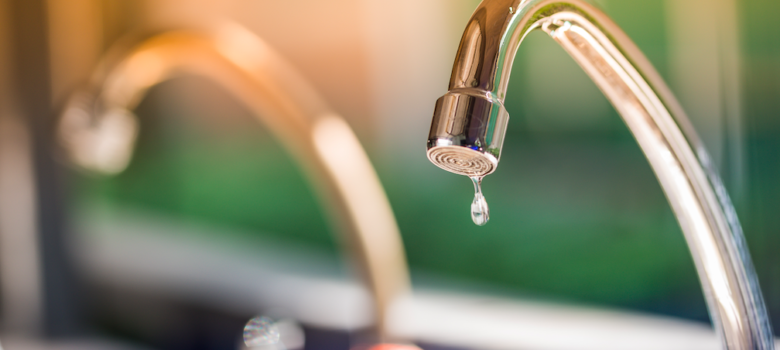




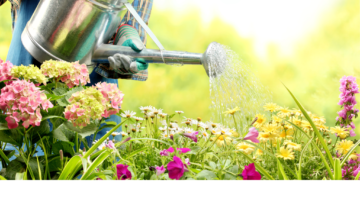
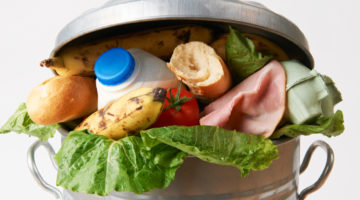
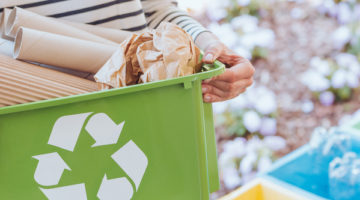





Hi can i use the water from the outlet of a septic tank for reusing for clothes washing watering plants flushing toilet ? thanks
Hi,
You cannot use the water from the septic tank for re using.Grey water is specifically water from showers,hand basins and excludes kitchen sinks.If you require you can use it for irrigation by doing simple pipe works or flushing toilets after the treatment of grey water.
Thanks… Its gives a useful information
THANKS VERY INTERESTING/
What if the water has detergent/soap in it?Is it still OK to use on your plants?
Hi Sharon, yes it is fine in almost all cases – we would recommend letting the water stand for a little while if possible in a water butt as microorganisms will begin breaking down any contaminants. Having said that, leaving it too long can cause pathogens to form! So be sensible. Likewise, if you can mix the grey water with water from a water butt connected to a downpipe from guttering, it will help minimise any detergents etc – but as mentioned plants will be fine and also grey water can help kill aphids – so another positive!
Hi we are seeking ways to save water and would appreciate it if you could advise us in regard to using grey water. It is our intention to use grey water to flush the toilet, we intend storing the water in a tank until the water is needed to flush the toilet. If grey water is stored prior to use and only used to flush the toilet would this be a safe method or would there be a problem with storing the grey water from a health point of view
We have a septic tank and I note that grey water is chemically treated before reuse for flushing toilets. Is reused and treated grey water suitable for septic tanks, or will it kill all the bacteria breaking down the black Water?
Hi, we have a grey water system that takes water from a 2nd storey bath to flush the toilets in our house and for years their was no problem however for the last few months the smell has been unbearable, I had a look at the system and found the pump delivering the chemicals to the tank was faulty, I fixed it and the chemicals are now delivered correctly however the smell persists, what should I do next?
Hi,
Similar problem with our system in Greece (where we live) & there are 2 things worth trying.
1) Overdose with the chemicals – could be that the bacteria built up when there were no chemicals to neutralise & now you are only using a normal dose, so an overdose may work.
2) Complete empty, clean, flush & start afresh.
Depends on the size of your system, but if it’s smallish it may be better to go for 2) rather than 1).
Grey water should be a major consideration but the cost of systems to utilise it will stop most households installing this. If a third of potable water can be saved the cost saving should be used for the installation of a grey water system . The general public would only take up this system if it proved worthwhile, if the potable water had two tiers of charges making it cheaper for those with a grey system installed with the higher tier charged for those without a grey system which would subsidise the cost of the installation of a grey recycling system installed free if charge by the water company.
Can recycled greywater (chlorination and filtration) be usedfor showering or bathing?
Thanks.
Hi Samia. No, it should only be used for flushing toilets – it may still carry some bacteria, so is not safe to wash in.
We currently share a septic tank system with our next door neighbour but with new neighbours the system is now failing. We are looking into a grey water system coupled with a compost loo to effectively go off grid so we do not longer have to use the septic tank – is this possible?
We have a rainwater fed system and toilets which are used regularly keep clean but others develop a grime in the pan. Can you supply a chemical treatment to prevent this
from where references
good good
HELLO I have rigged up a water butt from the bath and 2 sinks, but it smells! any solutions?
Hi I am student of Civil Engineering.
Can grey water used for drinking after complete treatment like aeration, sedimentation, Filtration and disinfection.
Any help from your side as I want do it as final year project.
Hi I am Civil Engineering Student.
Can we use grey water for drinking purpose with a complete treatment like sluge treatment, aeration, sedimentation, filteration,and disinfection,etc
Any help from your side as I want to do it as final year project.
Thank you